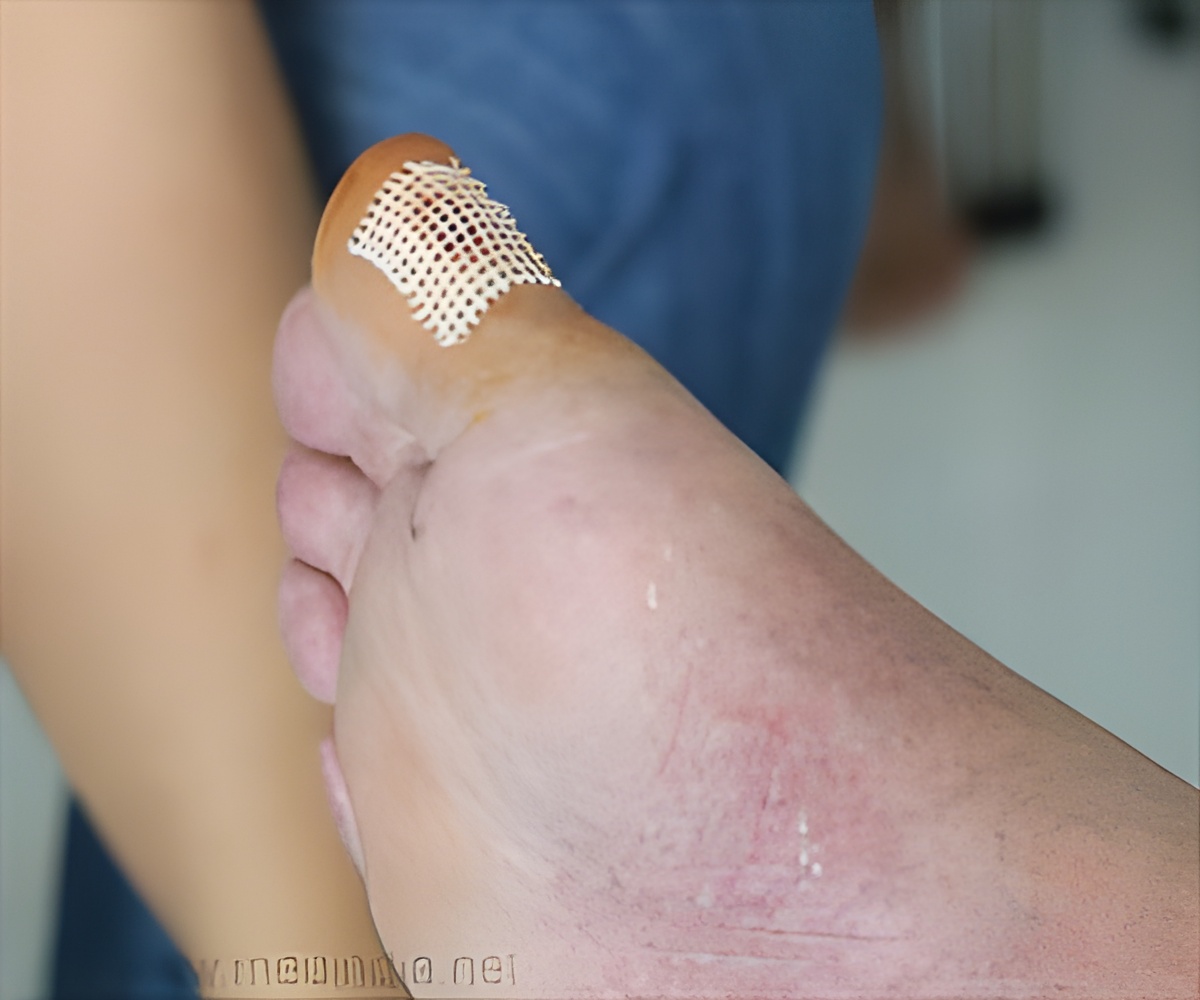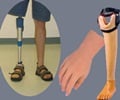People could survive and avoid amputation using less-invasive procedures to open severely-clogged leg arteries instead of opting for more invasive open surgeries.

TOP INSIGHT
Compared with patients who received open surgery first, those who were treated with an endovascular procedure first had a more extended period of amputation-free survival.
Read More..
In open surgery, a section of vein from the patient (or a synthetic material if there is no appropriate vein available) is used to bypass the blockage and provide an alternative route for the blood to reach the lower leg and foot. In a less invasive endovascular procedure, the physician gains access to the inside of the artery with a thin, flexible tube and wire that is inserted through a small incision in the groin and guided to the blocked area. After the clogged area is opened, it can be supported and propped open by inserting a medicine-coated wire mesh tube.
Open procedures require a hospital stay and about a month of recovery. Endovascular procedures can be done on an outpatient basis and may be performed on patients who are not healthy enough for open surgery.
study reported in Circulation: Cardiovascular Quality and Outcomes, an American Heart Association journal, records of more than 16,000 patients (59% male, average age 71 years). Patients had undergone open bypass first (36%) or an endovascular procedure first (64%) for critical limb ischemia at non-government hospitals in California between 2005 and 2013.
Compared with patients who received open surgery first, researchers found that, during the study period, those who were first treated with an endovascular procedure had a longer period of amputation-free survival and were:
The study was limited by not having information on medical factors (such as the severity of their wounds and whether they had a long and wide enough vein to perform a bypass) that might have influenced whether patients were treated with open surgery or an endovascular procedure. The patient population was also limited to specific hospitals in California.
 MEDINDIA
MEDINDIA



 Email
Email










